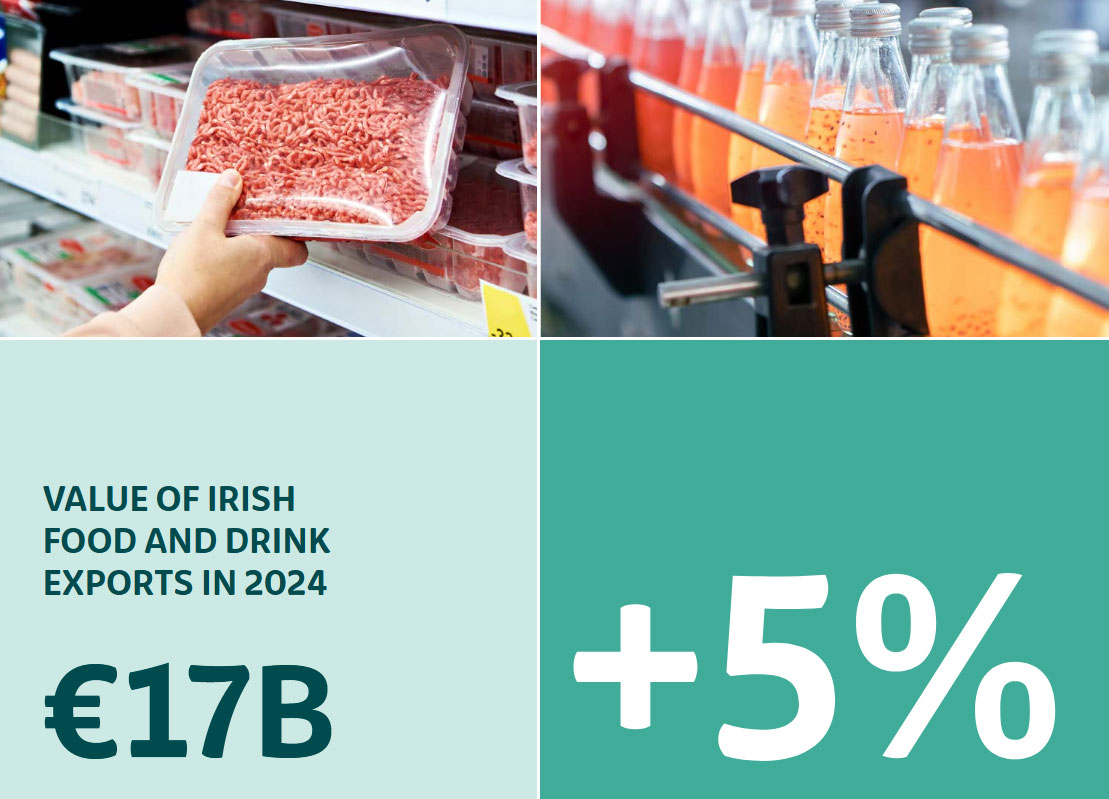
Ciaran Fitzgerald
Agri-food economist
Opportunity knocks
This positive outlook, I believe, presents an opportunity for Irish agriculture to shake off the negativity of the last four to five years of environmental onslaught, and remind Ireland Inc. of the unique, positive impact of the sector across the Irish economy.
As the hi-tech modern Irish economy has emerged over the last 20 years or so, largely based on multinational inward investment, it has become even more vital for the Irish agricultural sector to demonstrate and articulate its unique and substantial impact on the Irish economy.
And nobody can more credibly express the ongoing and future relevance of Irish farming in the Irish economy better than Irish farmers. Unfortunately, the agri-sector is, perhaps, too modest about its contribution to our economy, instead placing an understandable emphasis on cyclical income concerns, which can create a misleading impression to the public of a sector declining in economic relevance.
The point in raising this issue is that, the underestimation of Irish agricultural economic value, combined with an overstatement of its negative environmental impact, has been used to encourage the constraining of Irish agricultural output. This was particularly evident in the promotion of herd reduction as the ‘solution’ to Ireland’s national emissions-reduction challenge over the last five years.
Growing
I believe that more attention should be drawn to the most recent Central Statistics Office (CSO) agricultural output report, which showed gross output at €11.6bn in 2024: up 4 per cent on 2023. But even more significantly, it was more than 65 per cent higher than the value of agricultural output for 2013, 2014 and 2015, which, pre-milk-quota abolition, was marooned at €7bn for each of those years.
Most importantly, this annualised extra €4.5bn in the value of agricultural output with an expenditure multiplier of 2.0, as established by the CSO, has resulted in an increase in additional Irish economy expenditure of €9bn annually!
Moreover, the increase in output value in 2024 was almost totally price-driven with milk volumes, in particular, reduced versus 2023 and 2022 while milk prices increased by 7 per cent.
Recently, Bord Bia’s annual report on the value of food and drink exports revealed that in 2024, they were worth just over €17bn – an increase in overall value of 5 per cent (image below).

Positive economic and political outlook
With the formation of the new Government following the November election, the great hope for Irish agriculture and its food and drink businesses must be that the serial vilification of the sector – which seemed to dominate what constituted the public debate over the last few years – is replaced by a more balanced, objective, national discourse.
And, by the way, a more informed, balanced appreciation of Irish agriculture’s economic and environmental impacts does not mean that decarbonisation of Irish agriculture will be mothballed in any way.
While essentially ignored by media commentators, the fact that 90 per cent of the production of Irish grass-based dairy and meat is exported to the equivalent of 45-50 million consumers, in over 120 countries worldwide, means that meaningful, verifiable, sustainability and decarbonisation production and processing methods, are a core principal of the Ireland's unique selling point (USP) in the global food market.
So, whether through increasing implementation of Teagasc’s Marginal Abatement Cost Curve (MACC) on farm emissions-reduction methods, or investment in (very expensive) decarbonisation of processing plants, or indeed through addressing the improved water quality requirements of the Nitrates Directive, Ireland’s broad agri-sector will continue to embrace its decarbonisation and environmental impact challenges.
This commitment to evolving global customer and consumer standards is vital to sustaining and growing global markets. This, in turn, is the key factor underpinning our agri-food sector’s unique local Irish-economy impact: export values of €17 bn and an Irish-economy spend of €18bn (the highest of any business sector, local or multinational) directly and indirectly supporting 220,000 jobs across the Irish economy.
The future for Irish agriculture seems positive, as presented in Teagasc’s Outlook 2025 – Situation and Outlook for Irish Agriculture, and the 2024-2035 EU agricultural outlook. Indeed, the EU report predicts a continuation of the northward drift in EU food production because of the relative drought conditions in Mediterranean regions. On that basis, we can expect that more food will need to be produced in Ireland in the years ahead.An overall decline in EU beef production and consumption in response to dietary and sustainability challenges can also underpin a growth opportunity for Ireland as can stabilisation of EU dairy output and consumption.
However, the future for Irish agriculture, in terms of delivering increased sustainable economic value will come from investment in value added rather than through the type of volume increase achieved post quota abolition.
Let’s hope our politicians have the clarity of vision to support this key sector of the economy, not least as we see concerns about how the multinational sector might be constrained by the new US regime. Ireland needs more than one economic horse in the race!




